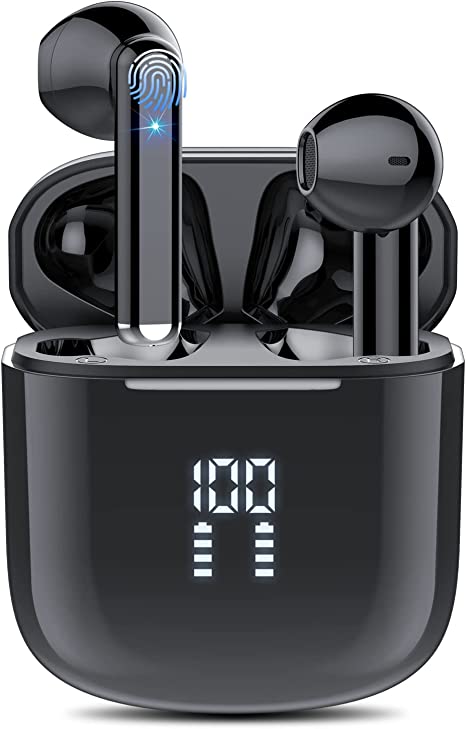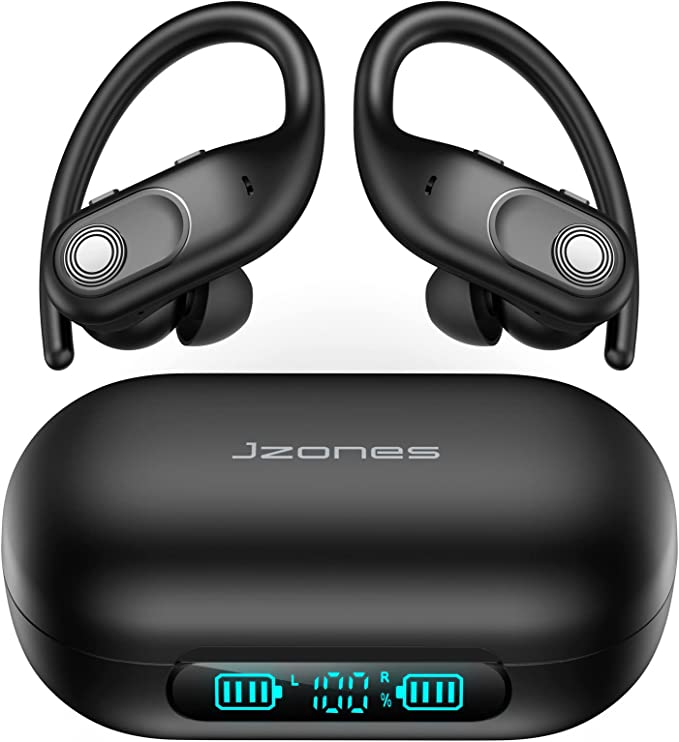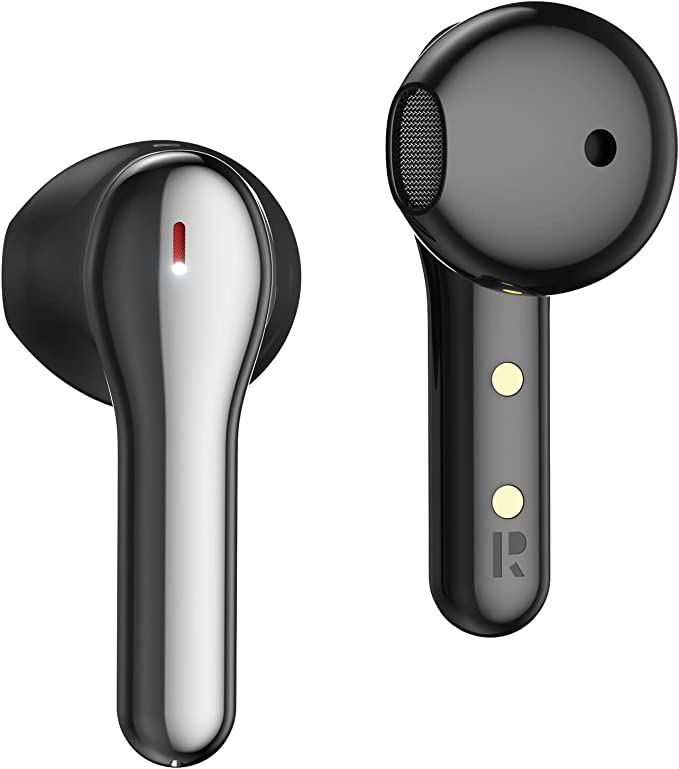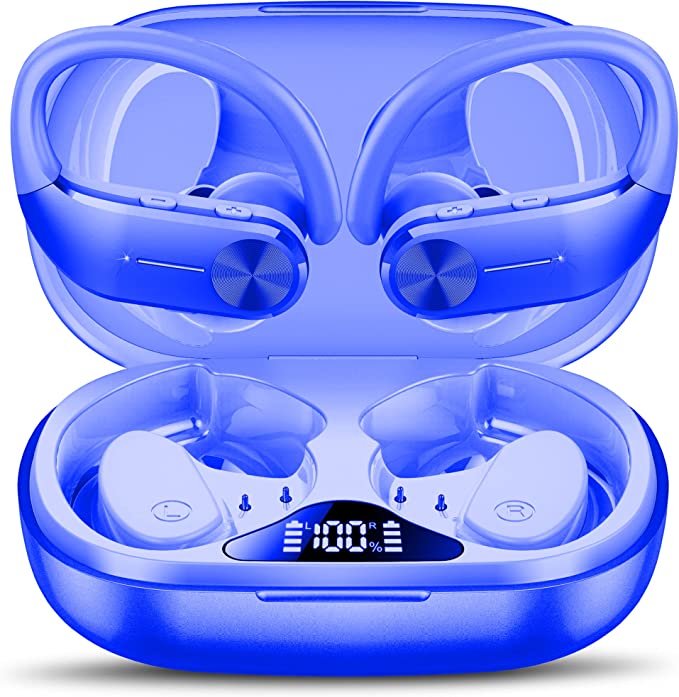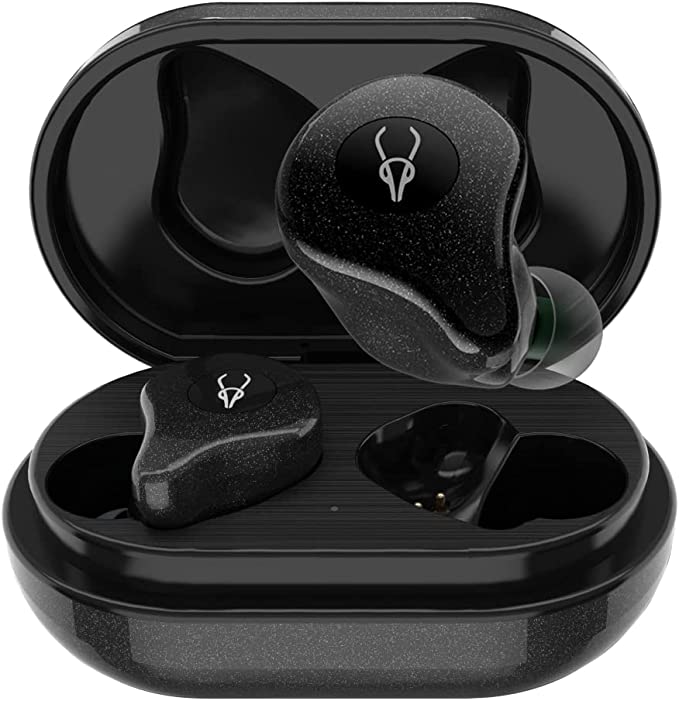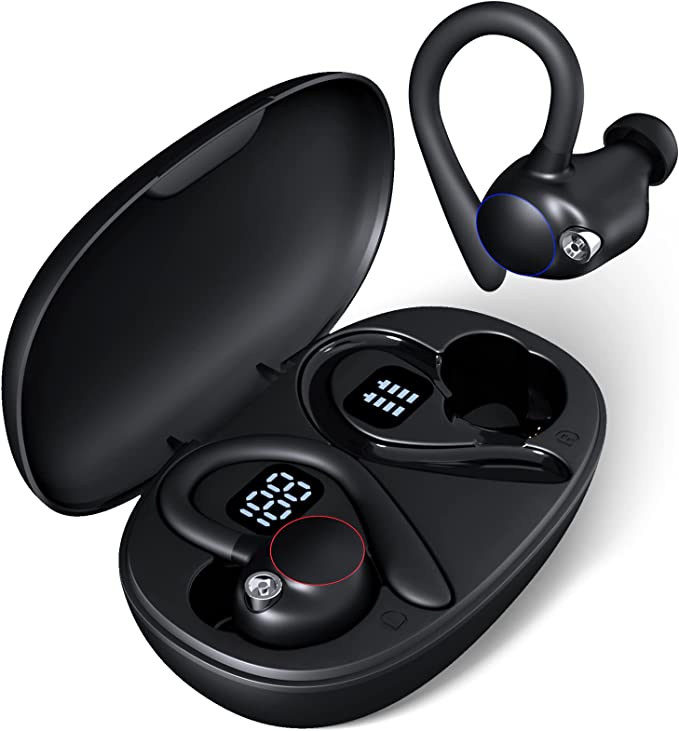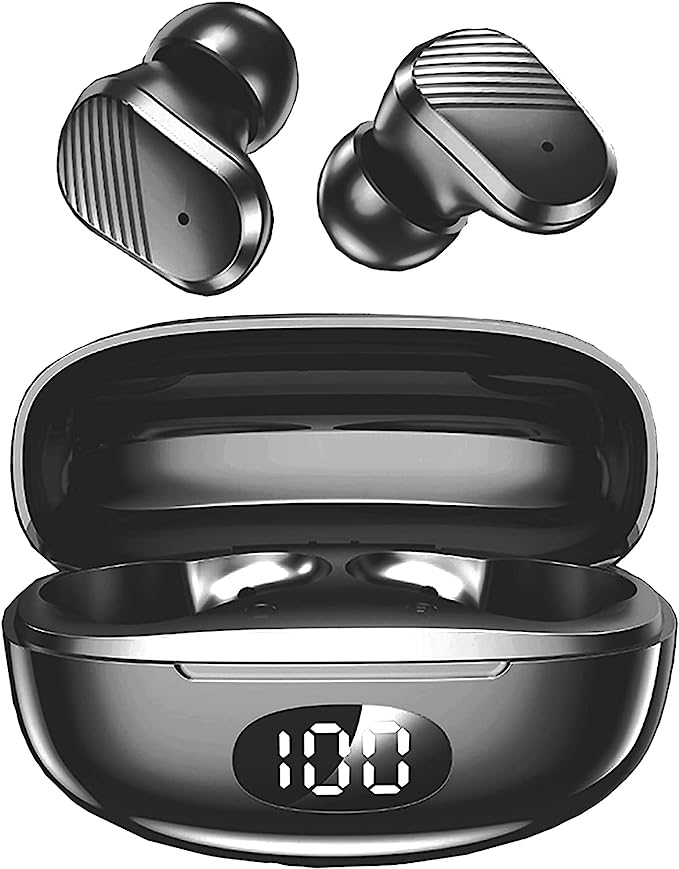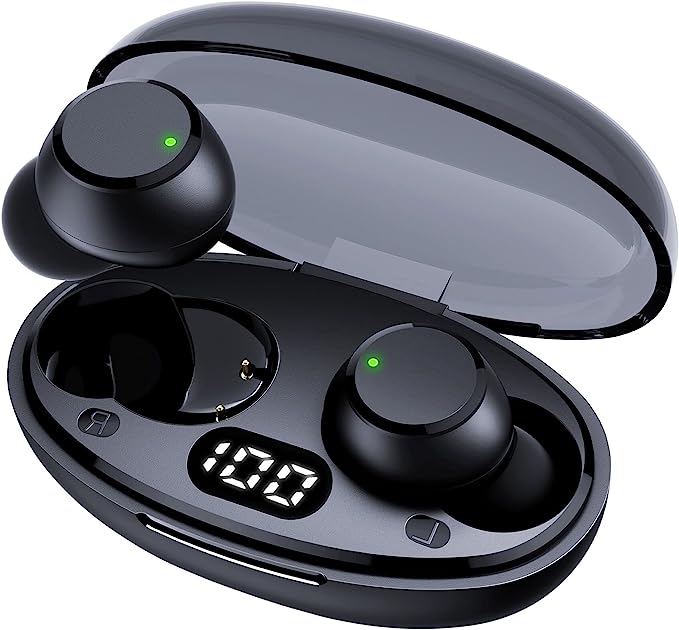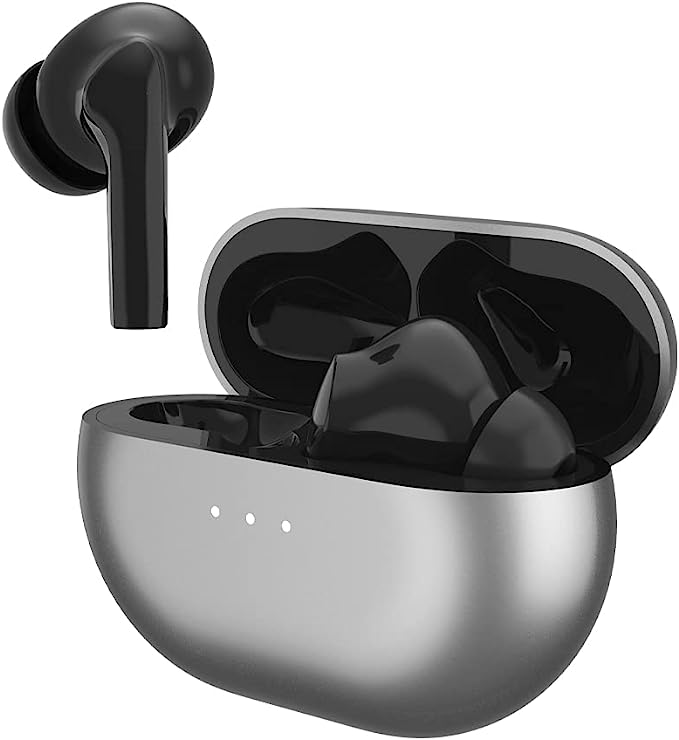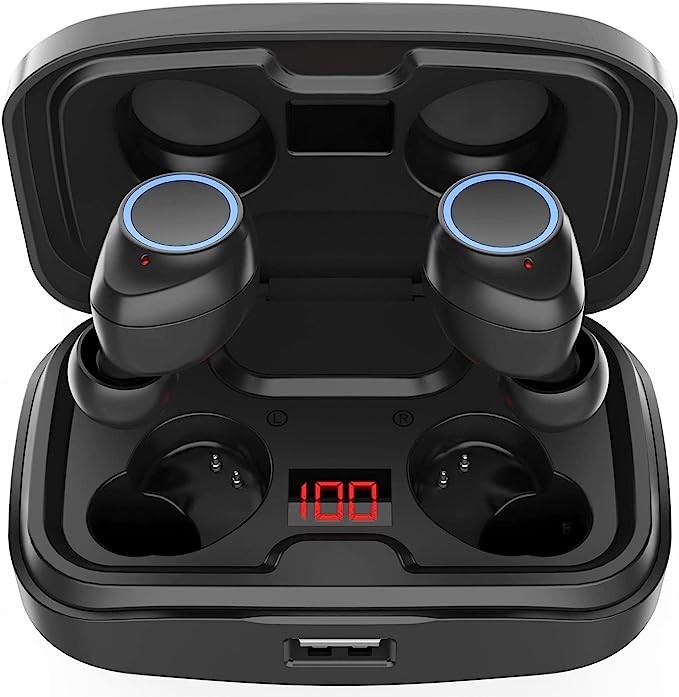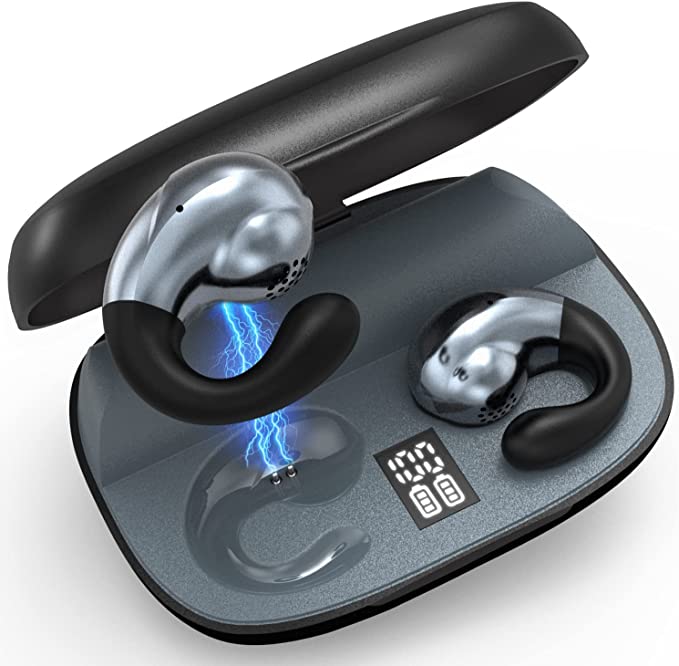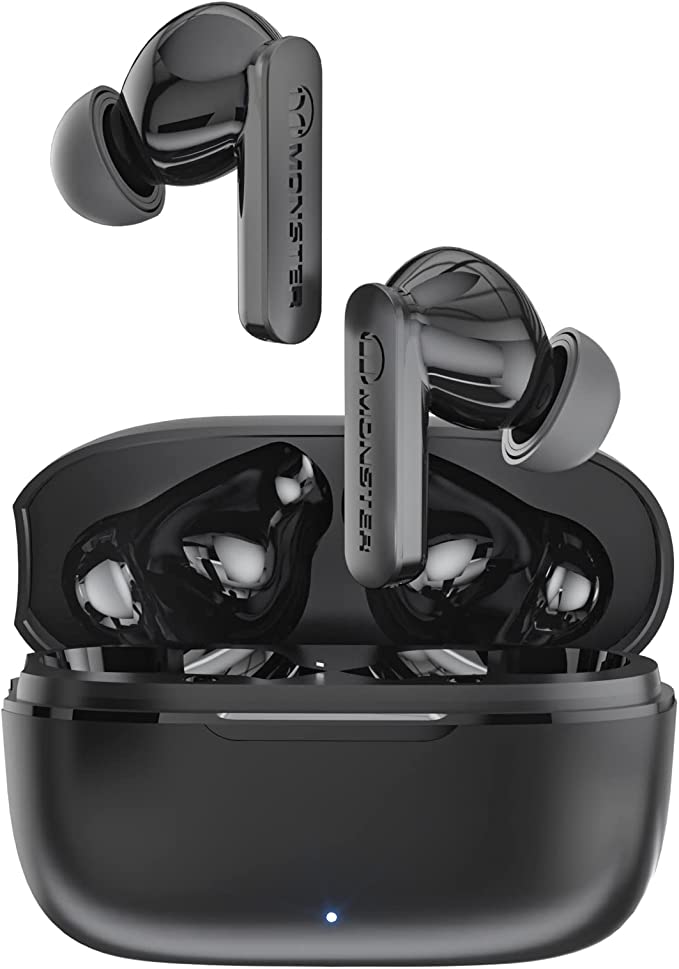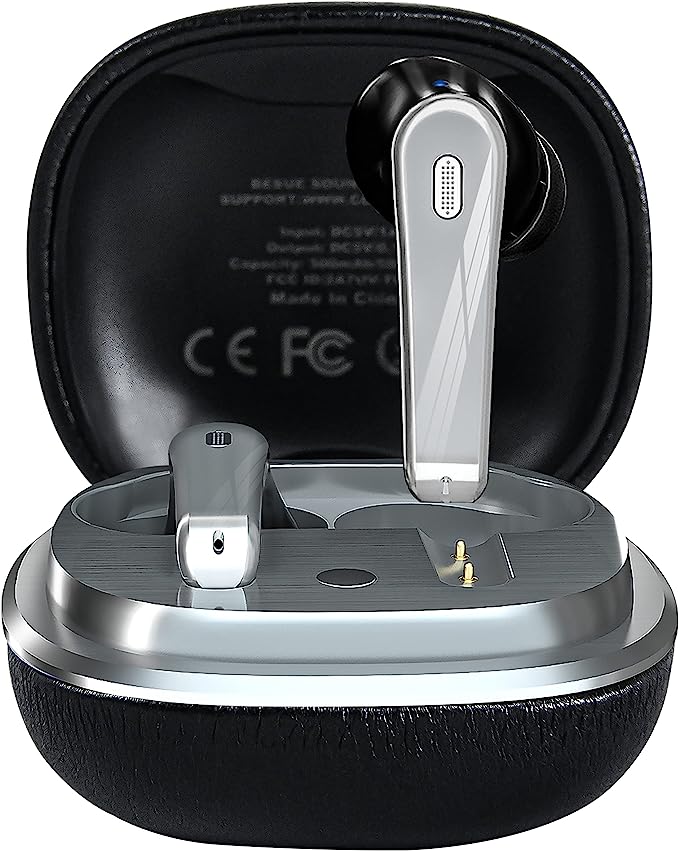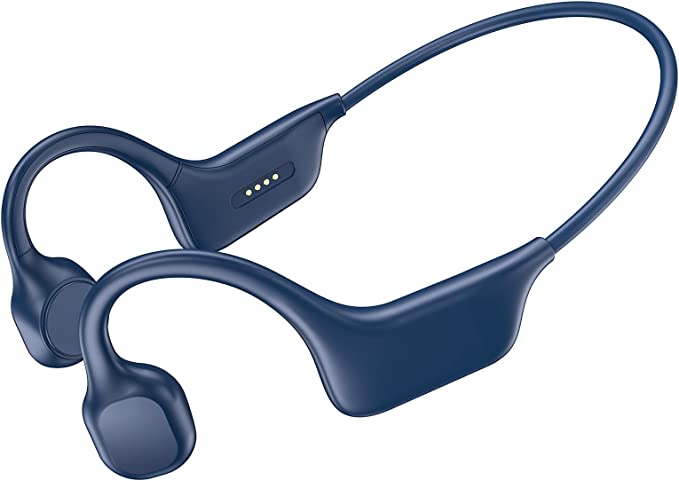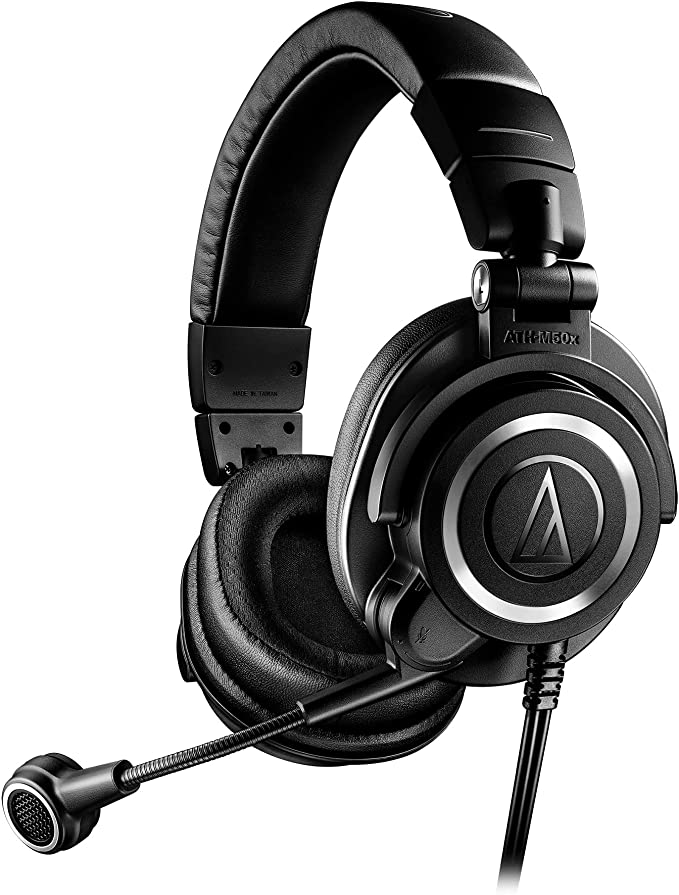hadbleng Q28S PRO: Unleash Your Workout with Powerful Sound and Unwavering Stability
Update on July 24, 2025, 9:30 a.m.
Consider for a moment the small device nestled in your ear. It’s your portal to a pulse-pounding playlist on a morning run, your lifeline to a conference call, your pocket of peace in a noisy world. It’s tireless, unobtrusive, and remarkably powerful. But have you ever truly wondered how we packed a concert hall, a communication hub, and a shield against the elements into something so small? This isn’t magic; it is an unseen symphony of engineering, a quiet convergence of decades of progress in disparate scientific fields.
To understand this marvel, let’s use a modern example like the hadbleng Q28S PRO not as a product to be reviewed, but as a specimen to be dissected. By looking at its anatomy, we can trace the story of how sound, science, and sweat forged the wireless earbuds we now take for granted.

The Pursuit of Perfect Sound, Miniaturized
At the heart of every headphone beats a tiny engine of sound: the driver. Most earbuds, including our specimen, use a dynamic driver, a beautiful application of 19th-century physics. It works through electromagnetism: an electrical audio signal flows through a voice coil attached to a diaphragm (a thin membrane), creating a fluctuating magnetic field. This field interacts with a fixed magnet, causing the diaphragm to vibrate rapidly, pushing air and creating the sound waves that our brains interpret as music.
The challenge has always been one of scale. The laws of physics dictate that to produce deep, resonant bass, you need to move a significant amount of air. This is why the 13.44mm driver size is noteworthy. It represents a constant push by engineers to maximize the diaphragm’s surface area within a minuscule enclosure, providing the physical power necessary to reproduce low-end frequencies, some claiming to reach the 16Hz threshold of human hearing.
But power is nothing without control. The diaphragm itself—in this case, a “triple-layer composite”—is a testament to materials science. It must be incredibly rigid to vibrate as a single, piston-like unit for clean, undistorted sound, yet feather-light to respond instantly to the fastest musical transients. This delicate balance is what delivers clarity in the high frequencies, up to the 20kHz limit of our perception. Ultimately, what we hear is also shaped by psychoacoustics—the complex interplay between the sound waves and our brain’s interpretation—but it all begins with the masterful control of a vibrating membrane.

Cutting the Cord: A King’s Legacy of Wireless Freedom
The liberation from wires is perhaps the most defining feature of modern earbuds. This freedom is gifted to us by Bluetooth, a technology with a surprisingly poetic origin. Developed in 1994 by engineers at Ericsson in Sweden, its name honors Harald “Bluetooth” Gormsson, a 10th-century Viking king famed for uniting the disparate tribes of Denmark and Norway. The technology’s founders saw a parallel: their mission was to unite different communication protocols—PCs, mobile phones, and other devices—under one universal wireless standard.
Today, the Bluetooth Special Interest Group (SIG) oversees this standard, and what began as a short-range cable replacement has evolved into a sophisticated protocol. The mention of Bluetooth 5.3 is more than a version number; it’s a milestone in this evolution. It signifies major leaps in efficiency, primarily through its Low Energy (LE) audio capabilities. This allows devices to maintain stable connections while consuming a fraction of the power, which is absolutely critical for small, battery-powered devices. It’s the reason an earbud can play for hours, maintaining a robust connection up to 30 feet away, without a cumbersome power source.

Forged in Defiance: Engineering Against the Elements
For an active user, the arch-nemesis of electronics is sweat. Its salinity and moisture are corrosive and conductive, posing a mortal threat to delicate circuitry. For decades, creating truly resilient electronics was a monumental challenge. The solution came not from a single invention, but from a standardized language of durability: the Ingress Protection (IP) Code.
Defined by the International Electrotechnical Commission (IEC) in standard IEC 60529, the IP rating provides a clear, universal measure of a device’s resistance to solids and liquids. When you see a rating like IPX7, it’s a precise engineering claim. The ‘X’ means it has not been rated for dust ingress, but the ‘7’ is the crucial part. It certifies that the device can survive being fully submerged in up to one meter of water for 30 minutes. This level of protection isn’t achieved by accident. It requires meticulous design: tight seams, rubber gaskets sealing every opening, and often a hydrophobic nano-coating on the internal components, creating a multi-layered defense against the inevitable downpour or grueling workout.

The Unwavering Anchor: The Science of Staying Put
An earbud that produces glorious, waterproof sound is useless if it falls out. This introduces the field of ergonomics and biomechanics. The human ear is a complex and unique shape, and the forces exerted on it during a run—gravity, impact shock, head movement—are significant.
The silicone ear hook seen on sports models is a brilliantly simple solution to this complex biomechanical problem. While the eartip creates a seal inside the ear canal, the hook acts as an external anchor, looping over the pinna (the outer ear) to distribute the load and counteract the forces that would otherwise dislodge it. The choice of material, silicone, is equally deliberate. It is chemically inert, hypoallergenic for most people, flexible enough to conform to different ear shapes, and has a high coefficient of friction, helping it grip the skin securely without causing irritation. It is a perfect marriage of form, function, and material science, designed for one purpose: to stay put.

The Unseen Lifeline: Powering the Experience
All this technology is thirsty for power, and the final piece of the puzzle is the energy system. Limited by the tiny space inside the earbuds, designers adopted a two-part strategy: a small internal battery for immediate use, and a charging case that acts as a portable lifeline. The 800mAh capacity of the case is a measure of its electrical charge storage. It’s a mobile power bank, capable of refueling the earbuds multiple times to achieve a total system endurance of up to 48 hours.

The batteries themselves are typically Lithium-Polymer (Li-Po), a variant of lithium-ion technology. Their key advantage is that they don’t require a rigid metal casing, allowing them to be molded into the compact, irregular shapes required by earbud designs. This entire system—the efficiency of Bluetooth 5.3, the low-power components, and the case’s reservoir—works in concert to banish battery anxiety.

From the physics of a vibrating membrane to the legacy of a Viking king, from international durability standards to the science of human movement, the modern wireless earbud is a marvel of integration. The next time you place one in your ear and the world fades away to be replaced by your favorite song, take a moment. Listen closer, and you might just hear it: the quiet, complex, and beautiful symphony of engineering playing in the background.
